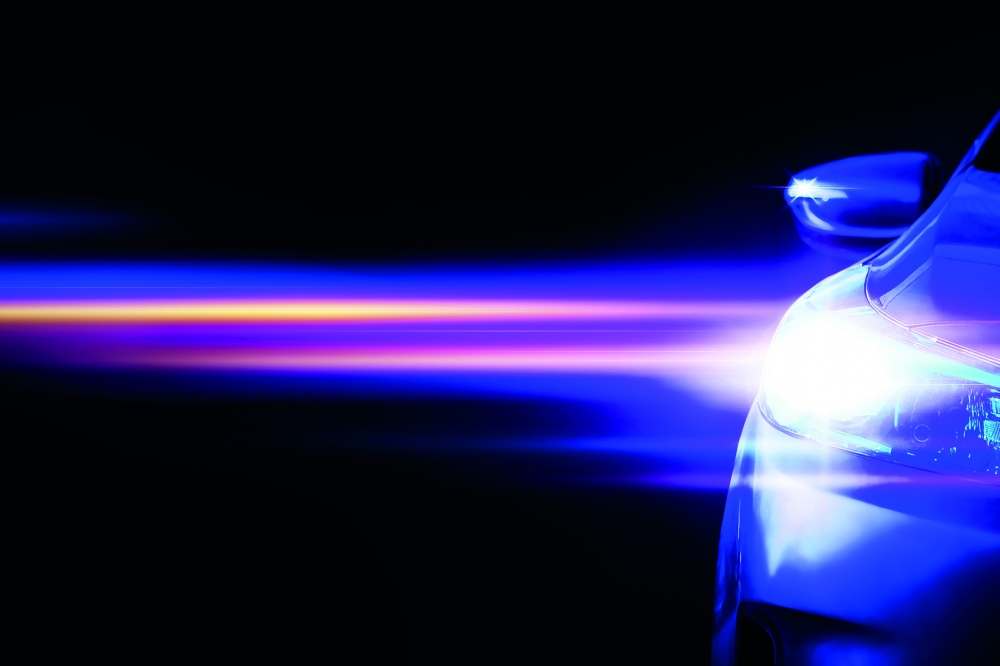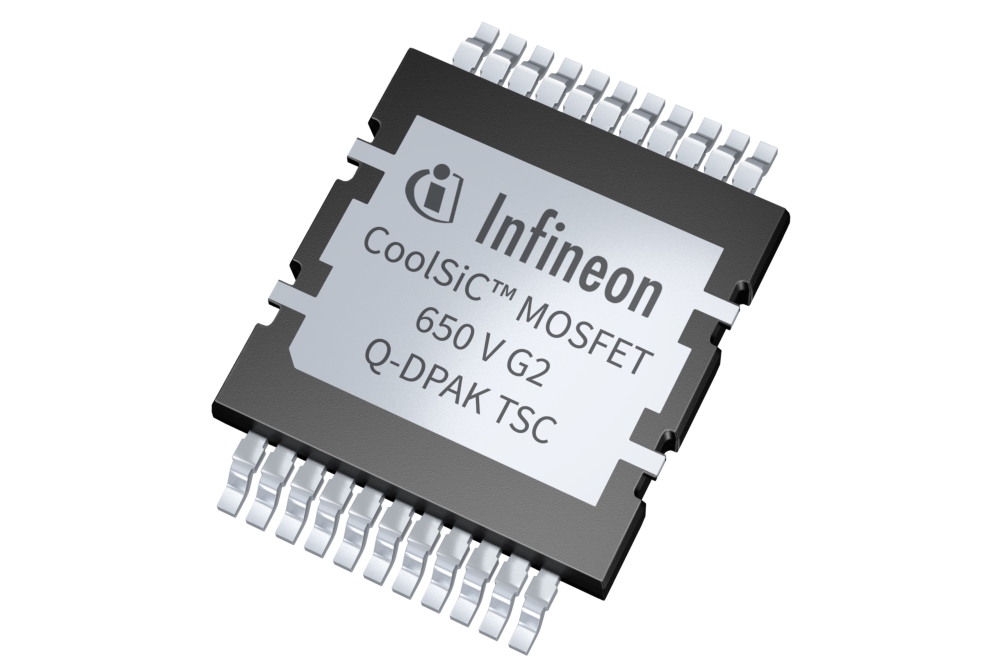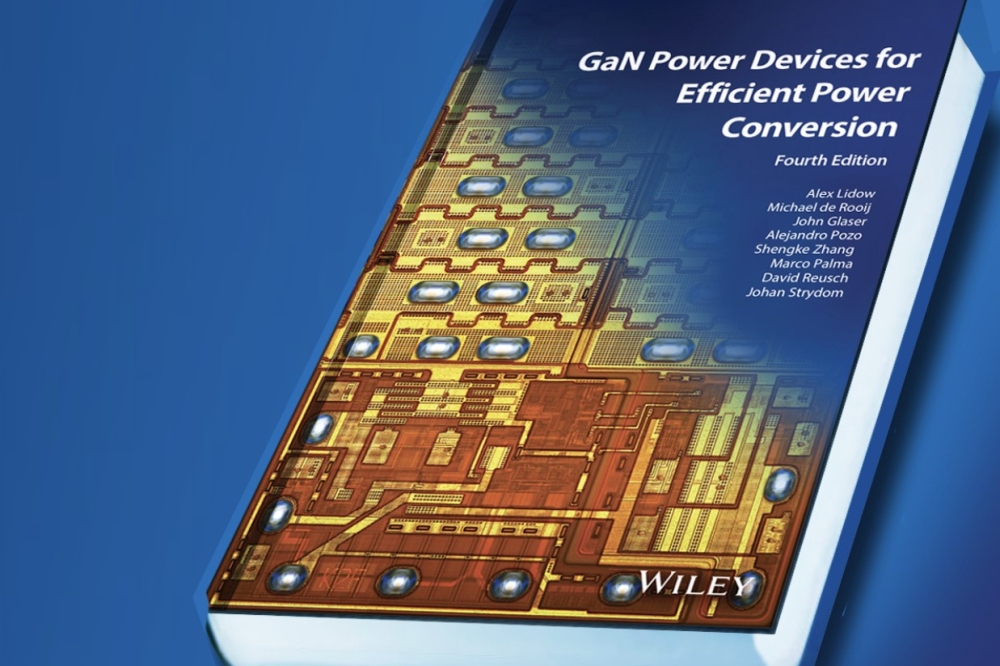Accelerating sales with the automobile

While it’s easy to be dazzled by ramping sales of SiC power devices for electric vehicles, today the revenue for LEDs in the automotive sector is far higher, and continuing to climb.
BY ANIKET ROY FROM STRATVIEW RESEARCH
In this ever-moving world, where an average adult in a developed nation spends more than ten hours a week inside their four-wheeled luxury, cars are no longer just a way of transit. Instead, after the home and the office, they are slowly becoming the third space for many. Since for most households a personal vehicle isn’t something to change every year, buyers are tending to exercise a fairly high degree of selectivity.
Prior to the turn of the millennium, most car buyers adopted a fairly utilitarian sentiment. Now, though, the factors at play are more complex, incorporating elevated expectations, in terms of both features and aesthetics.
While the goal of every buyer is still to select the best combination of features and aesthetics within their price range, research shows that buying decisions are more influenced by aesthetics than features. Due to this, car makers are loading their models with sleek designs, luxurious interiors, premium wheels, and whatnot.
Among the checklist of factors that make a vehicle attractive is ‘lighting’. This makes a significant contribution to the interior and exterior aesthetics of any vehicle.
Automobiles have been produced since the 1880s. Over the intervening years they have been fitted with a number of different lighting technologies, including: the acetylene lamps, introduced around 1908; semi-sealed beam incandescent bulbs, coming in during the 1920s; sealed beam headlamps, pioneered in the 1940s; halogen lamps, introduced in the 1960s; and high-intensity discharge lamps, an innovation from early 1990s. More recently, LEDs have started to dominate; a technology that is still evolving.
Initially, LEDs were deployed in the likes of brake lights or trunk lights. Tracing the introduction of these solid-state sources back to a single model is far from easy, but it is widely accepted that the first significant application of the LED in the automotive world came in the form of the Daytime Running Light assembly, incorporated in the Audi A8 in 2004.
This high-end manufacturer is also responsible for another important milestone, having introduced the first full LED headlight in 2007, fitted to the R8. Since then LEDs have rapidly penetrated the automotive lighting industry.
Longer and brighter
The success of LEDs stems from its superior performance. Compared to its predecessors, the halogen and the high-intensity discharge lamp, the LED is at least 50 percent more efficient and lasts far longer, having a lifetime of 45,000 hours or more. That’s around 40 times longer than a halogen lamp, and typically 8-15 times longer than a high-intensity discharge lamp.
The main downside of the LED-based headlight is its high cost – it can be $500 or more for a single LED headlight. Yet despite this, LEDs are preferred to halogen and high-intensity discharge lamps on the grounds of practicality since the need to replace an LED might never arise, thanks to its long lifespan and its immunity to physical damage.
Another strength of the LED is its superior flexibility, in terms of both application and installation. For instance, in both exterior and interior applications, LEDs can be used in the form of ‘strips’, due to their compact nature. This feature is nearly impossible to realise with halogen and high-intensity discharge lamps.
Today, there isn’t any segment of automotive lighting where LEDs haven’t marked their presence – and for some segments, this presence is expected to turn into complete dominance within the next decade.
According to our company, Stratview Research, if we roughly classify the lighting applications in automobiles as follows – headlamps, rear lighting, interior lighting, small lamps, centre high-mounted stop lamps, fog lamps, grille lights and logos – then more than 60 percent of the automotive lighting market can be accredited to just headlamps. That’s a substantial change, as the share of LEDs in the automotive headlamps market used to be around just 15 percent half a decade ago.
Another way to evaluate the success of the LED headlamp is to consider its penetration into the global automotive headlights market. Against this metric, this year LED headlights will account for more than 40 percent of the global automotive headlights market. The key enabler behind such success is the ease with which LEDs can be programmed for adaptive headlights. While halogens can achieve some degree of adaptability, LEDs can change their direction and intensity more quickly, and also provide more options in terms of achievable colour temperatures.
Adaptive lighting is not just limited to headlamps. This feature is also favoured in interiors, with a survey conducted by DTS involving 900 US car owners finding that more than a third of them want their vehicles to automatically change the lighting and temperature when they enter their car. This level of personalised experience with lighting is easiest to realise with LEDs. Due to the increasing demand for such features, we expect LEDs to completely replace halogens in automotive interiors in the 2030-35 timeframe.
As the one-stop solution for energy efficiency, longevity and controllability, while delivering all desired lighting characteristics, LEDs are in an enviable position to shine in the automotive lighting market over the coming years. With this industry’s transition towards energy-efficient and highly customisable lightings now well underway, even back in 2022 the automotive LED market was valued at $5.2 billion. Growth is forecast to outpace that of the automotive industry, driven by increasing penetration in existing lighting segments. By 2027 the automotive LED market is predicted to have climbed to $6.9 billion.
Regional oddities
One of the quirks of the automotive LED market is that while China and the US are entrenched as the biggest manufacturers of automobiles, none of the top three players in the automotive LED lighting space are based in either of these countries.
Our research has determined that the biggest player in the automotive LED market is Osram Opto Semiconductors. Nichia and Lumileds are in second and third spot, respectively. Between them, these three have captured more than 50 percent of the automotive LED market.
It’s interesting to note that this trio have all expanded their manufacturing capabilities to China, to address the needs of the world’s biggest manufacturer of automobiles (see Table 1).
The road ahead
Further development of LED technology for automotive lighting will be driven by the need to realise more energy-efficient lighting and to develop ‘intelligent’ lighting systems.
From an innovation perspective, many players
are focusing on increasing the numbers of pixels or chips via LED matrices. Companies like Osram have developed systems with around 25,000 pixels in a single monolithic microLED chip array, and some experts are predicting that the number of pixels could quadruple by 2028. Based on the current pace of development, it appears it’s not that challenging to achieve that count by as early as 2025, but it’s hard to know for sure.
What is beyond doubt is that the continuous advancement in LED technology within the automotive lighting industry is certain to lead to even more energy-efficient, versatile, and visually appealing lighting solutions.

































